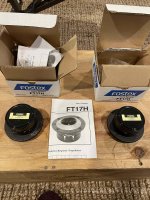This project started over in the Foam Core sandbox:
http://www.diyaudio.com/forums/full-range/223313-foam-core-board-speaker-enclosures-226.html#post3847794, but I think it deserves its own thread though as this design is special: it looks really cool, and is the first FC design I made using the single piece wrap around construction method suggested by Don Hills and also implemented by Grandcalmar on a rectangular box. Instead of making another rectangular box, I decided to make it curvy - inspired by Wesayso's glorious looking Twin Towers
http://www.diyaudio.com/forums/full-range/242171-making-two-towers-25-driver-full-range-line-array.html. Anyhow, the construction method involves making ribs very much like aircraft wing ribs and wrapping it with the sheathing like an airfoil.
Here is the completed speaker:
Preview of performance - here is what the FR and HD looks like with digitally applied BSC and bass smoothing with REW via miniDSP:
Here is the harmonic distortion performance with a speaker-level BSC and no DSP applied at the desktop listening position:
In doing this I wanted to try a dual chamber reflex (DCR) - an alignment I have not tried before. Maybe not the best driver for a DCR, but I am using the venerable Vifa TC9FD to see if I could build a bold looking single point source with some decent bass as an all-in-one solution for excellent bookshelf, desktop, or even lower-volume stand-mount duties. I was not sure if it is possible with TC9FD, but my ultimate goal would be to be able to build a mini-monitor with flat response and low harmonic distortion (-20 dB) down to about 80 Hz, and better than -40dB HD above 300 Hz where the vocals and telephone band are.
I started with a model of the DCR in Akabak and used a typical volume required for such a high Qts driver like the Vifa. I also tried to keep in mind what a useful size would be for desktop of bookshelf speaker and set on no more than 14 in (35.6) high x 11 in (28 cm) deep. I set the width based on the minimal volume required to achieve significant bass extension (recommended volume by WinISD is 15 liters), while still keeping the profile small and attractive. I settled on a 50 Hz tuning frequency to really push this design below the 55 Hz tuning limit suggested by WinISD for BR design for a driver with an fs of 120 Hz. The HD may be terrible but we will have to see how it works out for nearfield (1 meter) listening at moderate 70 to 75 dB levels where cone excursion may be quite small and HD may not be too bad.
I arrived at a design that was about 12.5 liters total volume with dual ports each having 2.0 square inches (~13 cm^2) of CSA and a vent length of 4.7 inches. The volumes would be divided using the standard DCR design practice of 2/3rds for the upper chamber (where driver is located) and 1/3rd for the lower chamber. Normally, the interconnecting port is the same length but in the model I found that reducing its length helped to smooth the response in the 150 Hz region. So the interconnecting port is the same CSA but only 1.5 in (3.8 cm) long. In order to get an approximate volume required and have curvy corners, the maximum width was set at 6 in (15.2 cm) wide.
But there is another aspect to the design that I always consider: using the minimal amount of FC material as possible and making it so that it looks seamless from the front. I sketched the truncated teardrop (or airfoil) shape on a piece of paper ensuring that the flat front was wide enough to mount the Vifa - so I set it at 4.0 inches (Vifa is 3.5 in wide). I then rolled the template along a length of FC board to trace the circumference of the shape to make sure I could fit. With a little trimming I was able to achieve a shape with nicely rounded front corners, a gradual slope towards the back, a flat on the back for mounting the rear firing slot vents (and I think it looks better than a sharp knife edge), that fit in a 30 in long FC sheet length with exactly a strip equal to the rear flat left over. That is, the circumference of the speaker including the back is 30 inches. I had considered making the speaker 15 in tall but making it 14 in tall saves 6 in of material that will be needed for the top and bottom panels. The middle divider is not visible so I made that out of double wall cardboard. So this is a "1 FC sheet" design (or $1 in FC). This time, I only had the nicer thick paper facing Elmers FC on hand so I used that instead. It provided a much sturdier build and I would suggest that others use this too as it substantially improves the strength and durability of the structure once done.
The construction method is fairly simple but may be tricky for those new in FC construction. I would not recommend this as a first FC speaker build as the curved wall construction requires some experience. However, you can certainly practice and it doesn't cost anything if you mess up.
Start by cutting 3 of the rib shapes which define the internal curves. Locate that on a sheet of FC to establish where the two rounded corners are on the front. Then score cuts along along the 14 in length direction every 3 to 5 mm piercing through the first layer of paper with a razor. You will want a straight edge (or a metal drywall "T" is the perfect too to make this go fast) to make sure the lines are parallel. Do not score the flat 4 in wide section in front. The take a razor and remove a 1/8 in wide channel of paper and foam from the corner where the front is to allow a clean fold that does not crunch the paper. Now use a rounded object like a PVC pipe, a radiused countertop edge, etc to pre-curve the shape to allow it bend and wrap around the ribs without too much effort, being careful not buckle it and crease the FC this ruining the piece. Check that the curve can sufficiently follow the curve on the rib without too much force.
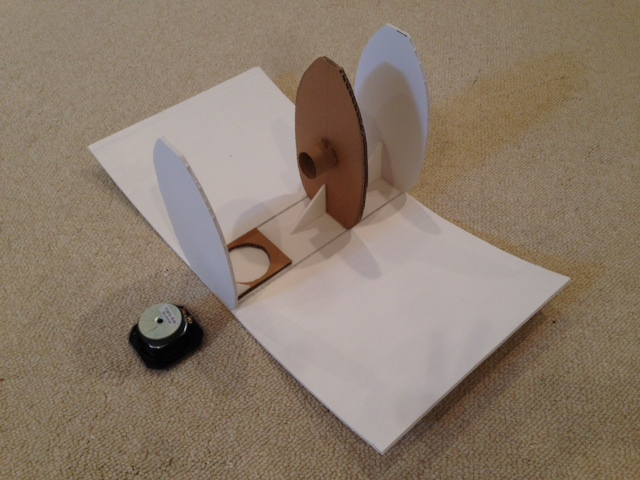
Now glue the 3 ribs to the correct locations on the sheet (top, bottom, and 4.7 in from the bottom), add 90 deg braces to the ribs to set the squareness and reinforce them for the next operation. Then add a second layer of either FC or double wall cardboard behind where the driver goes to give the screws more material to grip.
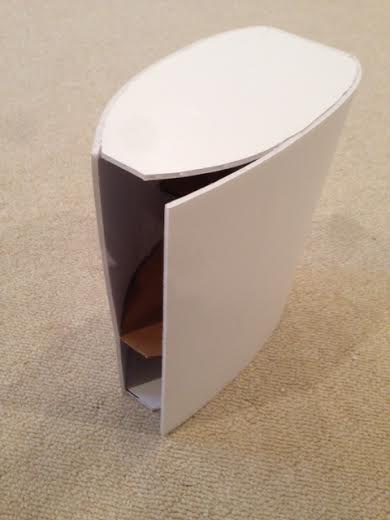
Now here is the tricky part, start gluing the outside panel to one side of the ribs a section (half the length from the front) at a time. You need to make sure the hot melt glue gun has a full stick of glue to start the operation (or have a spare ready and held in your teeth to reload quickly) as you do not have much time and there are 3 strips of glue about 5 inches long each that need to be applies, in addition there is the 14 in long gap where you removed the foam from the crease that needs to be filled with hot melt glue. Once you quickly apply the glue, use your hands to firmly hold and clamp the panel to the ribs to ensure a tight fit (including the middle divider rib). You only have seconds to work and hold it for a good 45 seconds before releasing pressure. Now use the glue gun to add fillets of hot melt glue internally to the joints to make an airtight seal. Next, repeat the hot melt glue and clamp with the remaining length all the way to the rear of the speaker. You may notice that because the speaker is curved and rounded, it is hard to hold steady while you apply hand clamp pressure. You may need to employ your knees, lap, and carpeted floor in combination. It wants to roll and squeeze its way out of your hands as you clamp it. Again, add hot melt glue fillets to seal.
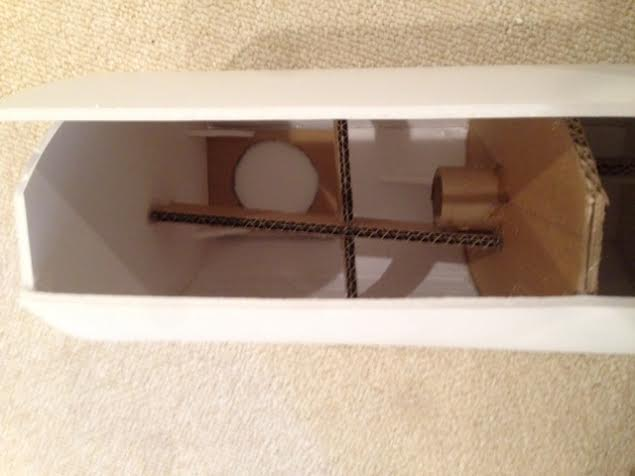
Now repeat with the remaining side, but before doing so, add some internal bracing to reduce the drum head resonances on the large side walls and the top and bottom panel. I used cardboard trimmed to size. You have to wait until the final side panel is glued on partially before adding final side bracing. If you have small hands (and a small hot melt glue gun) there is enough room to squeeze inside and seal the joints on the second panel before gluing the final stretch. On the final stretch, you have to apply copious amounts of hot melt glue to the divider rib because you cannot get to it after the fact so ensure an airtight seal there. The end ribs are not as critical as you can still seal it from the outside as needed.
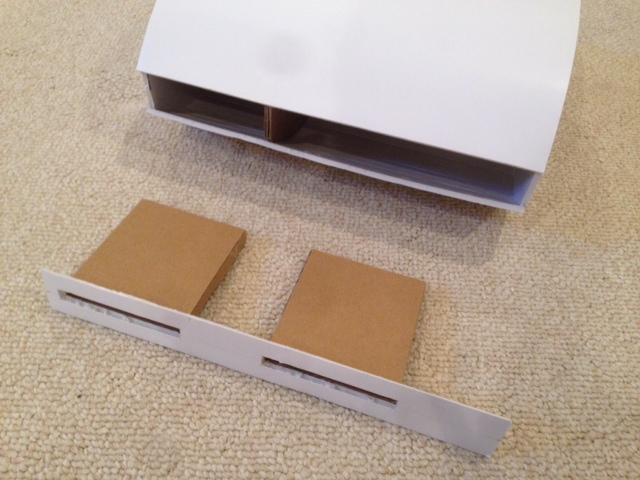
Once you have the curves single piece wrap around side on, it looks like a real speaker. Now trim the rear wall to have beveled edges to fit perfectly into the gap created by the one piece wall, cut two port slots (0.5 in x 4.0 in tall) in the rear wall. Make two slot ports out of FC or cardboard using hot melt glue and then glue them to the back of the rear wall strip. Either use binding post mount or poke a small hole and feed the speaker wire through the rear wall and seal with hot melt glue. Cut the driver hole with an xacto (it is 3.0 inches dia exactly), make sure you have enough wire coming out the front and attach crimped quick disconnect terminals. Add moderate stuffing to the top and bottom chamber (I used pillow stuffing) being careful to not directly block the vents. Then glue the rear wall on - the speaker is now finished except for the BSC circuit.
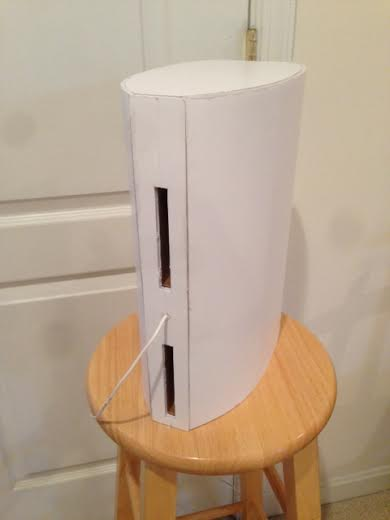
Install the driver using wood or drywall screws. For those wanting to go the BSC route, put a 1.0 mH air core coil plus a 10 ohm x 10 watt resistor in parallel plus an optional 0.47 uF capacitor in parallel. Put all this in series with the posititive terminal to the driver. Hot melt glue this somewhere in the chamber (preferably at the bottom for stability) before you seal up the speaker.
I am going with the EQ'ing the speaker through my music player on the PC for now until I can get the BSC. It sounds really nice and I think you will like it and agree that the clarity and imaging will be superb. The bass is sufficiently deep at about 50 Hz when the speaker is placed near a rear wall such as when used as a bookshelf or desktop speaker. For in stand mount duties away from a wall, a sub woofer will most likely be needed to get sufficient bass.
Here is the Freq Response from the ports and the integrated sound - far from walls:
Here is response close to a wall and at 0.5m away and lower drive voltage:
Here is the Impulse Response:
I will build the matching stereo pair as soon as I get some time (about 4 hrs to make a piece) and more FC. have a listen to the sound clip and I think you will agree that it is a great sounding near field desktop speaker, or computers speaker.
Cheers,
X
Sound Clip Here:
diyAudio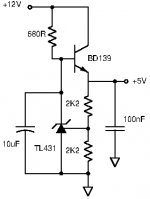
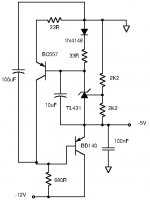
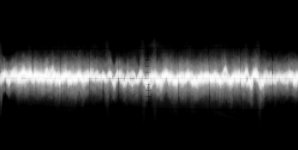
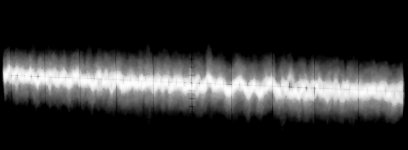
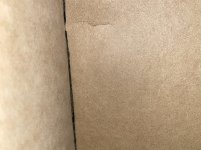
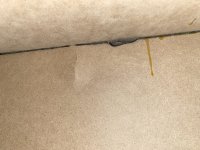

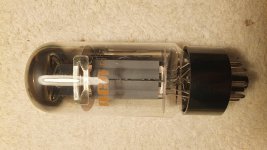
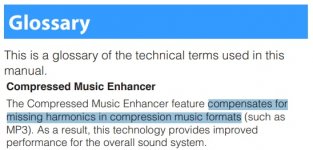
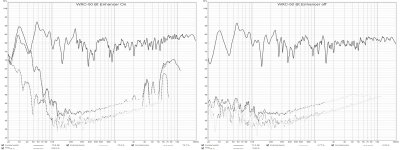
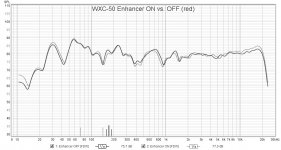
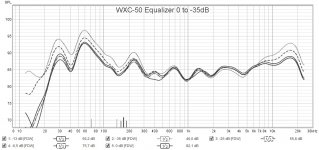
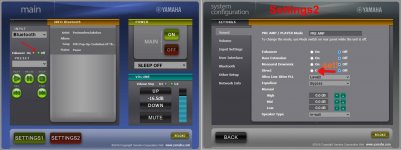

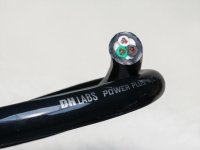
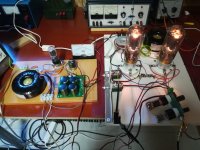
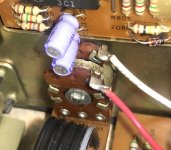
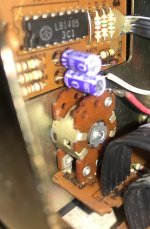
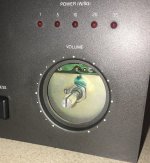


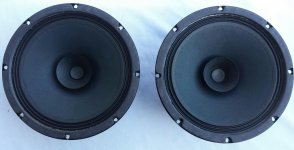
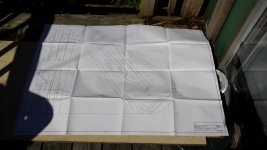

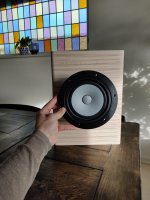
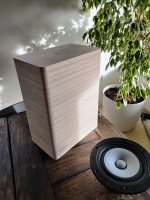
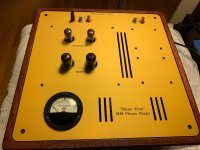
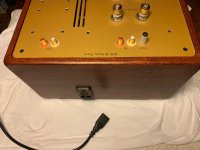
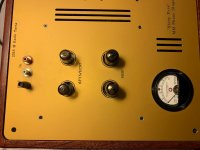
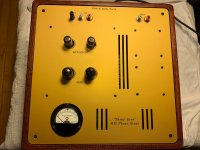
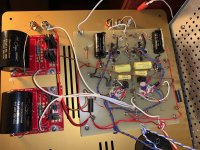
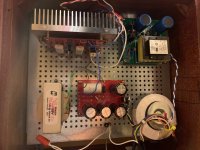
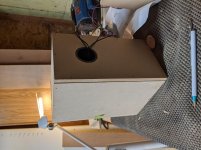
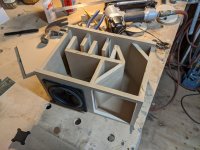

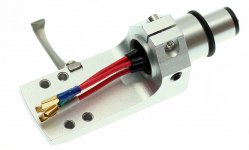
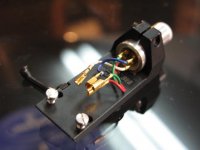
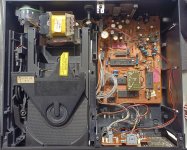


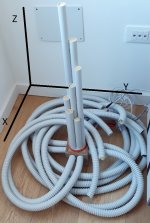

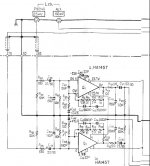
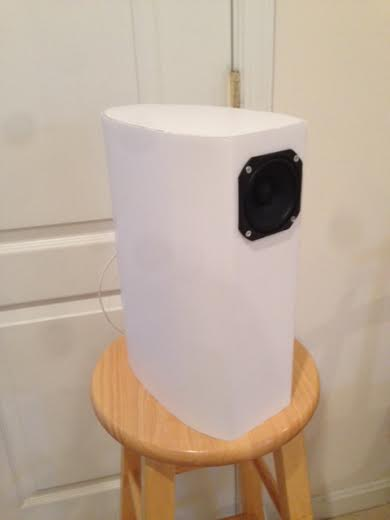
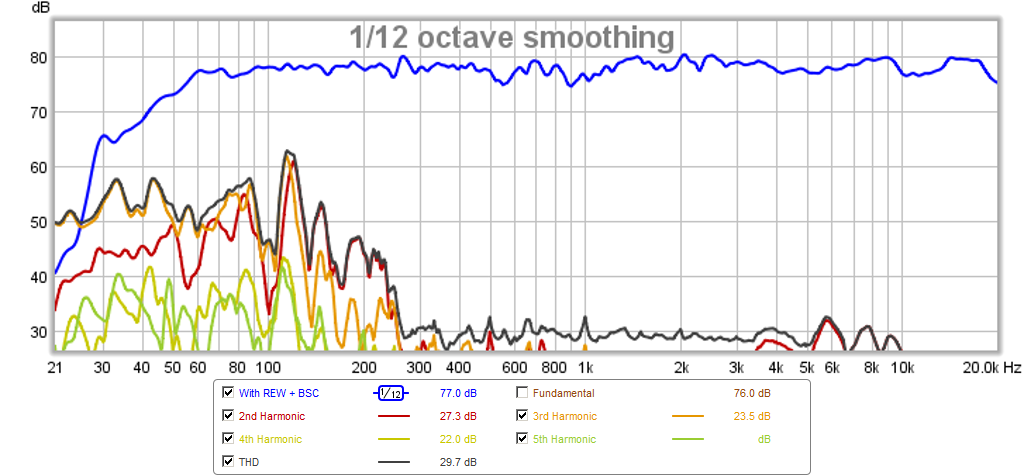
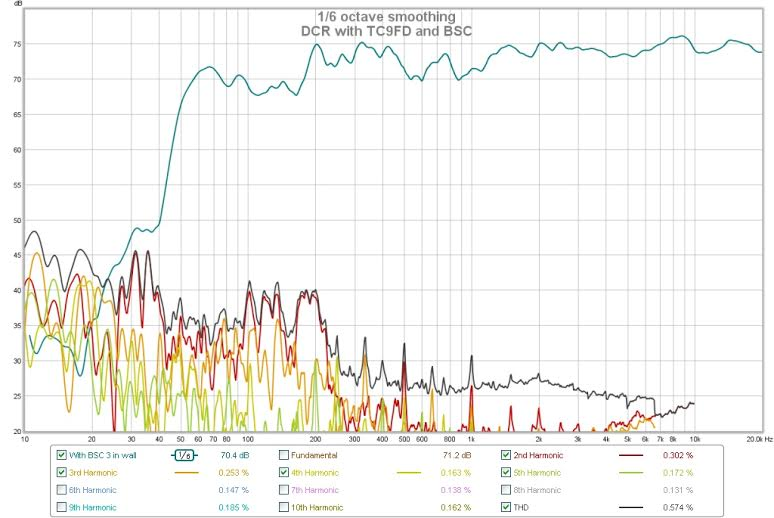





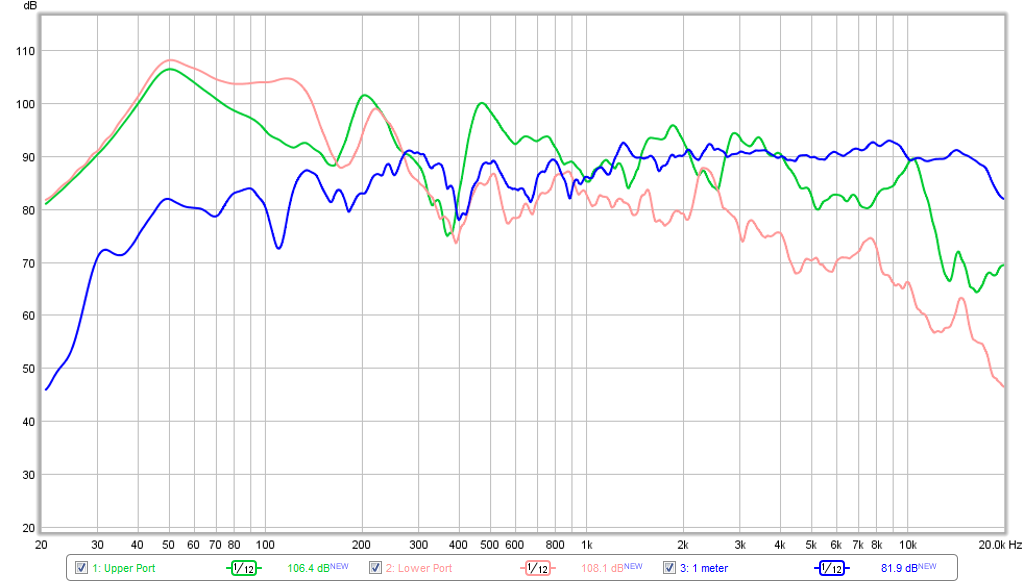
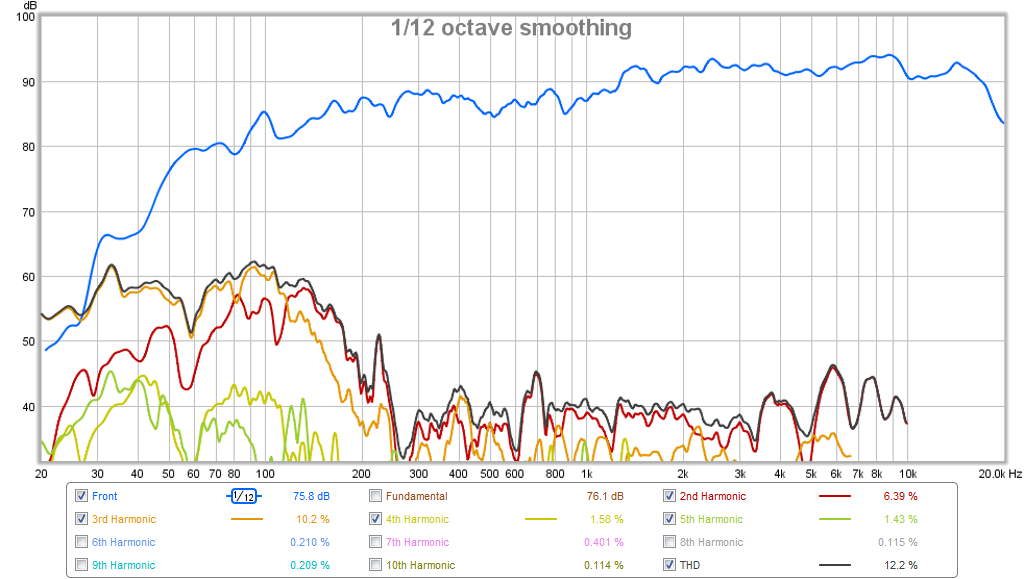
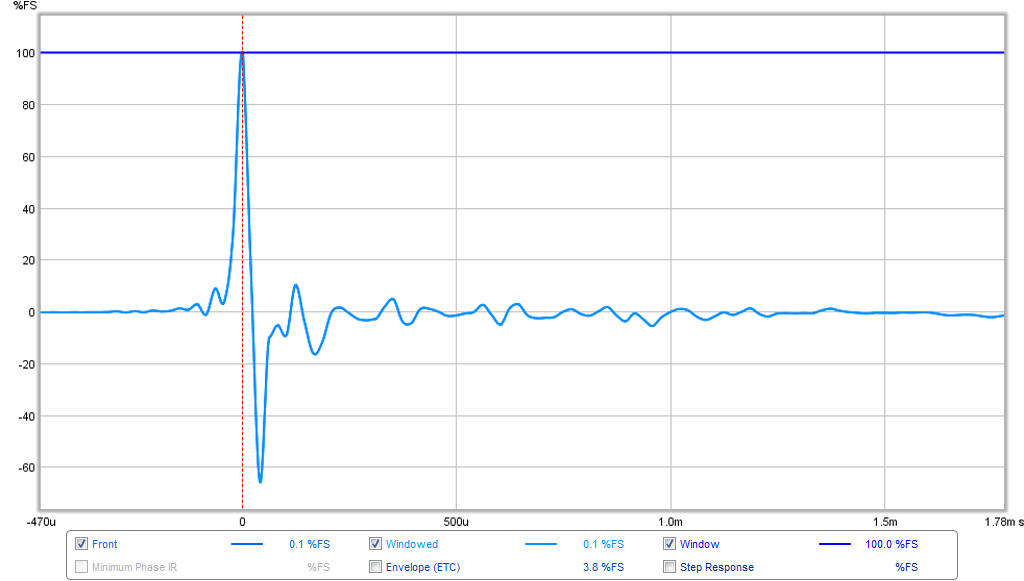

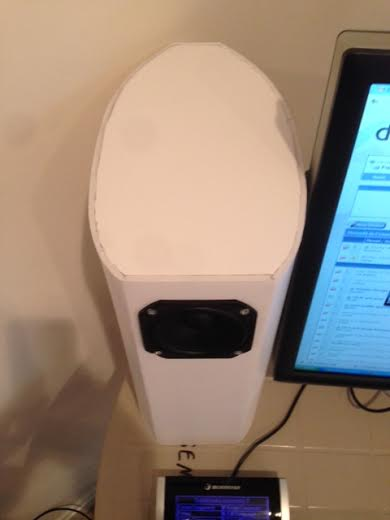
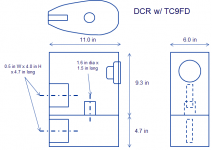
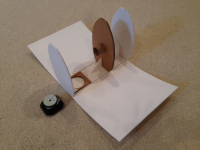
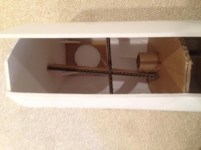
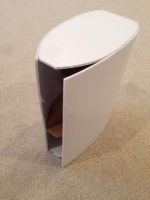
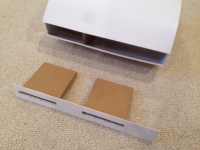
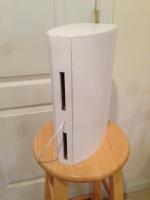
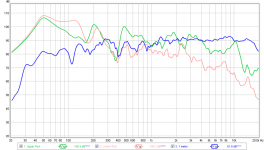
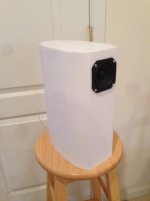

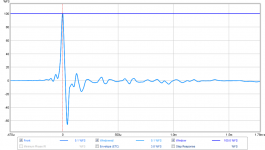
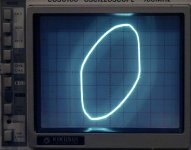

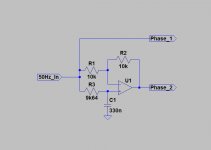
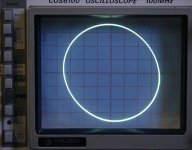
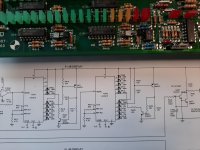
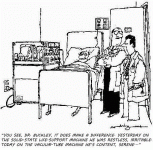
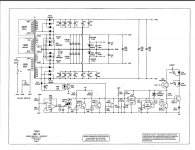
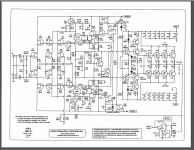



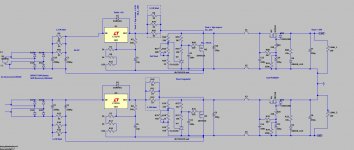

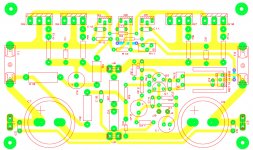
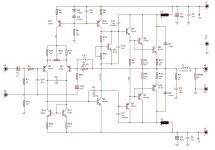
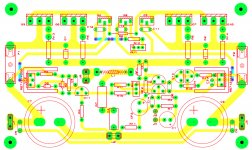
 )
)
